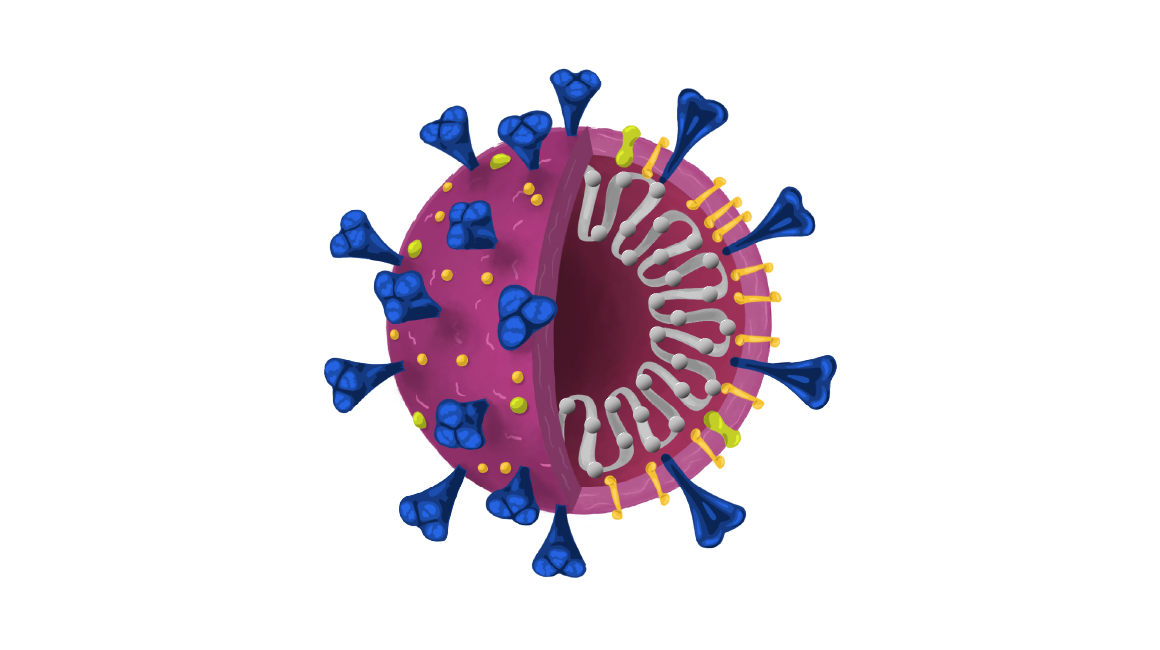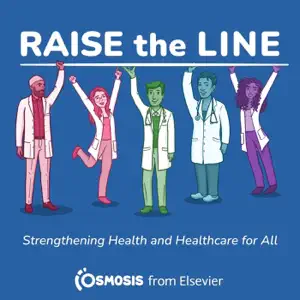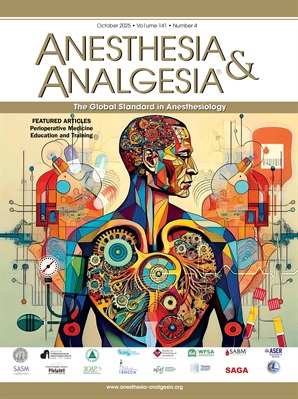Ahmed AAE, Biswas A, Bempong-Ahun N, Perić I, O'Flynn EP. Barriers and Enablers to the Production of Open Access Medical Education Platforms: Scoping Review. JMIR Med Educ. 2025;11:e65306.
Keywords: barriers; digital learning; educational technology; medical education; open access publishing; scoping review.
Abstract
Background: Free Open Access Medical Education has the potential to democratize access to medical knowledge globally; however, this potential remains largely unrealized, particularly in resource-limited settings. Content is increasingly concentrated on a small number of platforms, each hosting large volumes of material compiled from diverse sources.
Objective: This scoping review aimed to identify and synthesize reported barriers and enablers to the successful design, production, and operation of open access medical education platforms, with the goal of informing strategies to improve their impact, reach, and sustainability.
Methods: We conducted a scoping review using the Arksey and O'Malley framework. A structured search was carried out on April 17, 2023, in PubMed and EBSCOhost. Citation chaining with the SnowGlobe tool and manual reference checking supplemented the search. Studies were eligible for inclusion if they examined platforms that compile content from multiple sources and reported barriers and enablers. Two reviewers (AAEA and AB) independently screened records and extracted data, with discrepancies resolved by a third reviewer (EPOF). Beginning with an a priori framework of "barriers" and "enablers," coding was then developed inductively. Thematic synthesis categorized findings by stakeholder group.
Results: Of 1108 records identified, 1064 unique records were screened, and 64 full-text papers were assessed; 34 met the inclusion criteria. The most frequently reported barriers were concerns about content-quality control, incomplete or unstructured materials, and the resources needed to sustain platforms long-term. Key enablers included the use of validated tools to assess content quality and collaboration with existing content providers and platforms to enhance visibility and learner engagement. Findings were organized into 3 stakeholder groups: learners and training programs, content designers and creators, and platform managers.
Conclusions: Open access medical education platforms have significant untapped potential to enhance global medical training. Addressing these persistent challenges-particularly around quality assurance, content organization, and sustainability-will require more structured, collaborative, and internationally coordinated approaches.

 Looking for education resources and information related to the Coronavirus/COVID-19 outbreak? Try the Coronavirus/COVID-19 guide.
Looking for education resources and information related to the Coronavirus/COVID-19 outbreak? Try the Coronavirus/COVID-19 guide.

 Got big ideas for this ANZCA resource guide? Why not become our advocate? Highlight valuable resources for college fellows and trainees while earning CPD hours!
Got big ideas for this ANZCA resource guide? Why not become our advocate? Highlight valuable resources for college fellows and trainees while earning CPD hours! Contact ANZCA Library for more info: library@anzca.edu.au
Contact ANZCA Library for more info: library@anzca.edu.au Can't find it? See our SOT support hub.
Can't find it? See our SOT support hub. Looking for resources for the ANZCA Educators program? See our ANZCA Educators program guide.
Looking for resources for the ANZCA Educators program? See our ANZCA Educators program guide. Want to test your trainees knowledge? Check out our Self-assessment Tools guide.
Want to test your trainees knowledge? Check out our Self-assessment Tools guide. Note: Some resources located in Learn@ANZCA require that you first register before accessing.
Note: Some resources located in Learn@ANZCA require that you first register before accessing.

